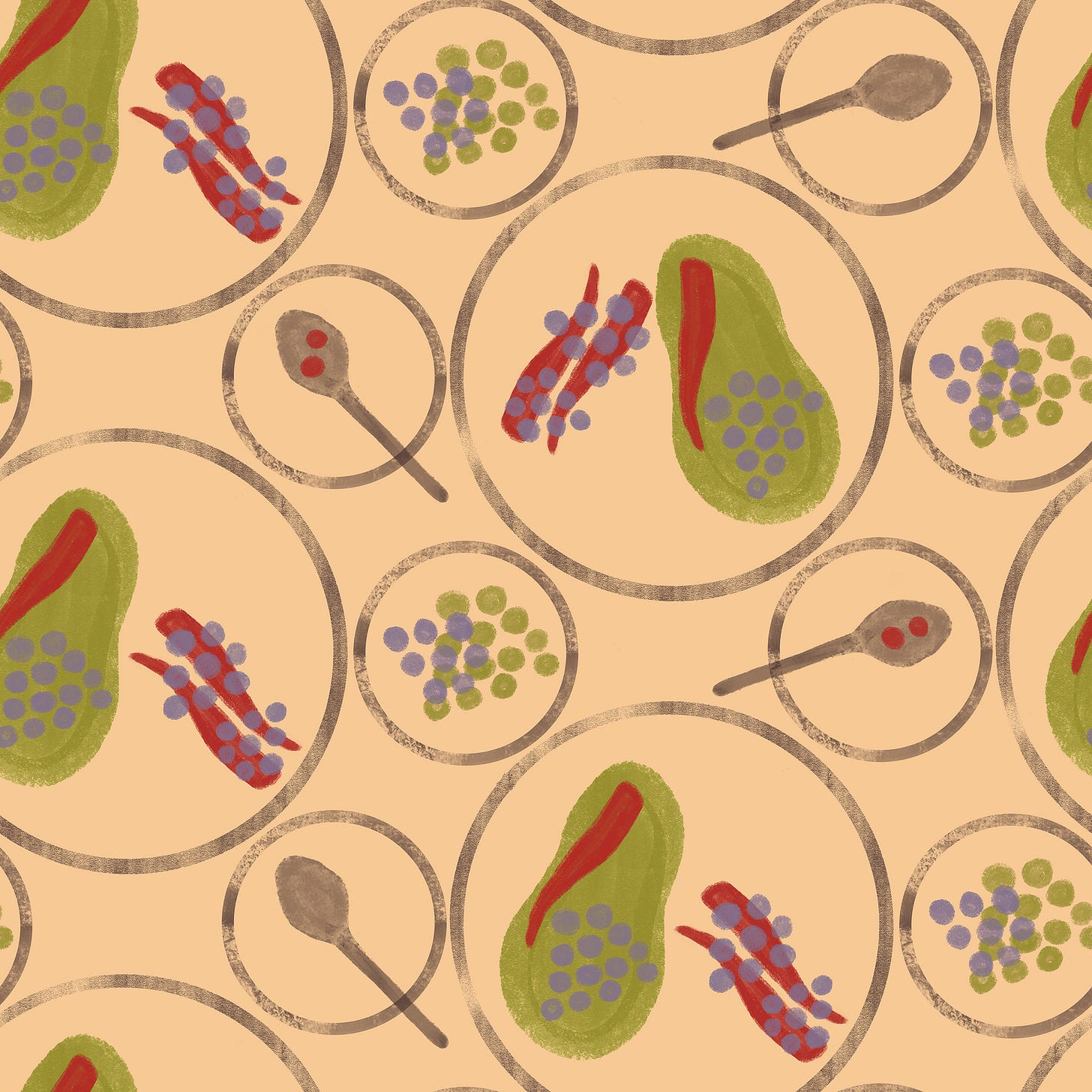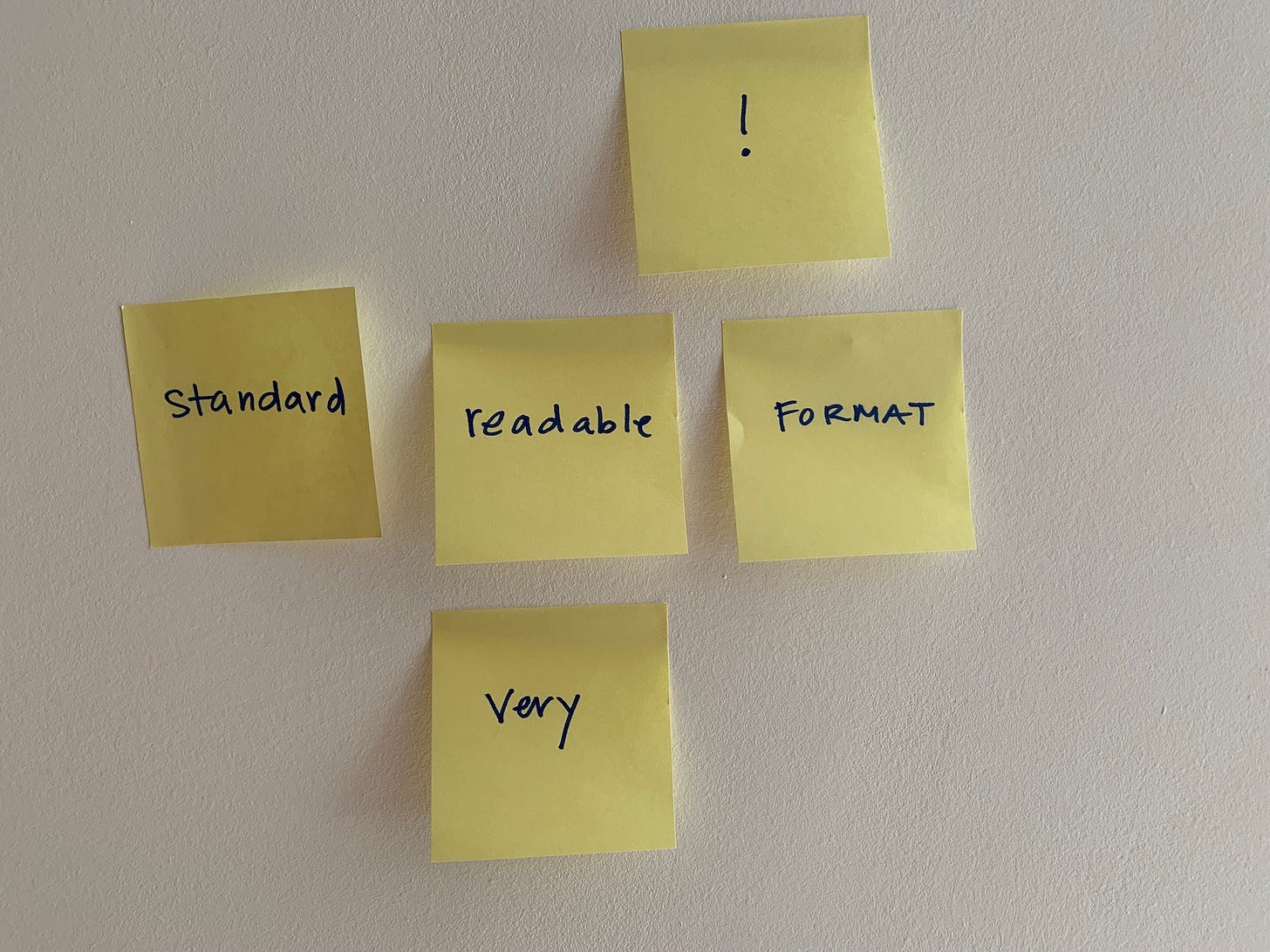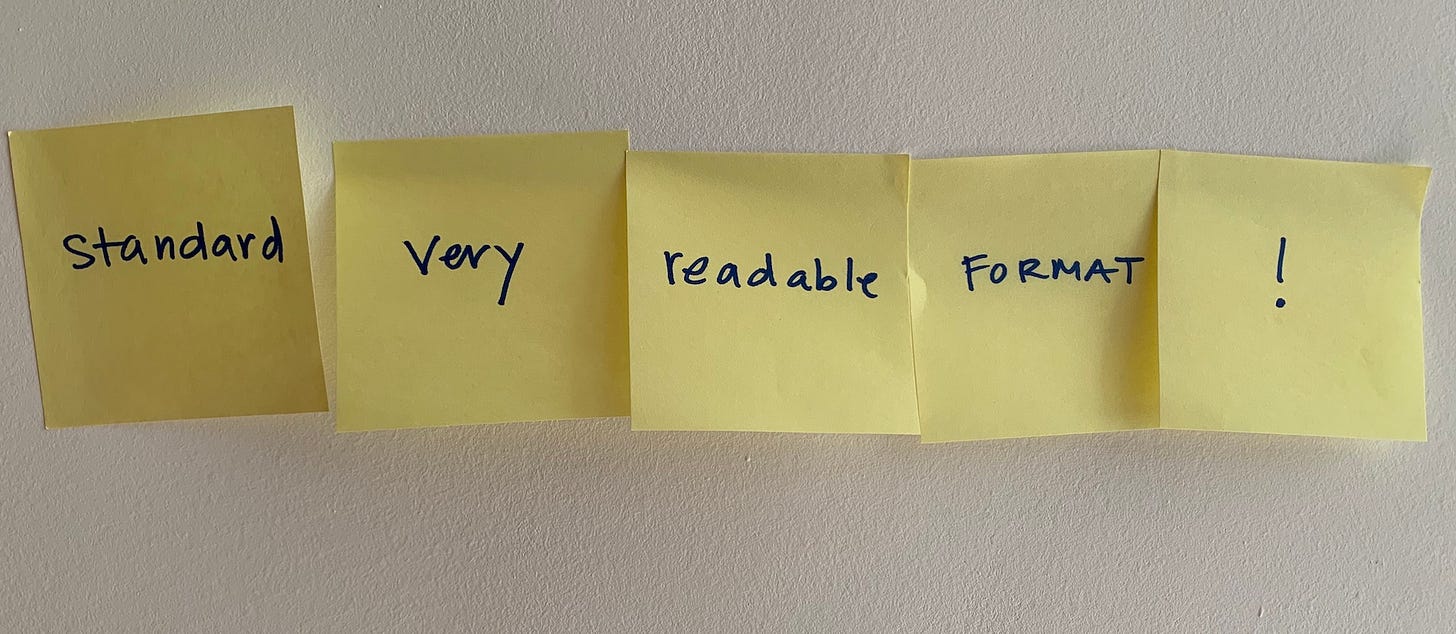How snacks feed collaboration and what you should serve
(key ways of working: visualisation of ideas and 'silent & solo')
Even as I proudly hefted my 7Kg weight (a breakthrough for me) for left- and then right-side shoulder presses, a question nagged at me: ‘am I exercising enough?’
Despite my own worries, research shows that tiny amounts of exercise -- think 4 seconds to two minutes -- done several times per day, can improve fitness, reduce risk of disease, and increase happiness. Some people call these ‘exercise snacks’.
Similarly, relatively tiny amounts of facilitation (let’s call them ‘collaboration snacks’) at the right time in your innovation process can also yield big collaboration results. A facilitated session or workshop is different than regular meeting ‘meals’. It has a timed structure, specific ways of working, and sequenced activities.
An important time to use collaboration snacks is at the beginning. That’s when you’re trying to identify what challenge to work on, set a strategy or goal, or get initial ideas for solutions. It’s a time when relative strangers, Tom from customer engagement, Sandeep from the sustainability team, and Olga from the product team, are working together for the first time. There isn’t yet clarity on what challenge you’re really solving.
Collaboration snacks can be led by you as a facilitator or, if you’re involved in developing ideas and opportunities in the session, perhaps by a 3rd party facilitator, like me.
During your session, there are two ‘ways of working’ that are particularly helpful in the beginning.
Visualise Discussions
One is to visualize the discussion using a standard format that’s easy to organise in different ways. Sticky notes, or digital sticky notes (in online collaboration tools like Mural or Miro) are perfect for this. Participants put one idea per note. Notes can be clustered into themes, put on a timeline or ranked by difficulty.
Top tip: if this way of working is new to your group, provide examples of ‘good’ (short) and ‘bad’ (long) sticky note content. Encourage people to break up longer thoughts into segments on separate sticky notes.
Visualising ideas means that you don’t have to hold the whole discussion in your mind. It increases your ability to engage with a wider range of ideas and to build on ideas from other people. Otherwise, people are prone to remember the most recent things they’ve heard or to remember the first thing, rather than things that come later.
Work Silent & Solo
Another way of working is to do some of the activity ‘silent and solo’ and some of the activity ‘as a group.’ Silent and solo means people work individually to put their own ideas onto sticky notes. The notes are then shared later. Silent and solo can
help introverts participate better
anonymize the input to reduce bias
reduce the influence of the most forceful participants
test a mini collaboration snack
Next time you’re beginning something new, experiment with some of these ways of working. You can introduce these for 20-30 minutes within a broader meeting, to try them out.
Imagine you’re asked to develop an innovative service. Give everyone sticky notes and pens, and ask individuals to work silent and solo for 5 minutes to come up with challenges that people have where your service could help. (If the silence is uncomfortable, you can play some quiet background music). Let participants know you’ll time it and that it may feel unnatural at first.
Have everyone post their notes on a wall and give the group a few minutes to look them over. Ask people to work as a group to cluster the results into themes. From here you could get fancy. You could plot the themes or the ideas themselves onto an impact/effort matrix to help move toward a decision about what to work on first.
A collaboration snack can take any form, from a half day workshop to a multi-day retreat or design sprint. Investing in a collaboration snack up front can make the best use of group time and get results that make a difference.




